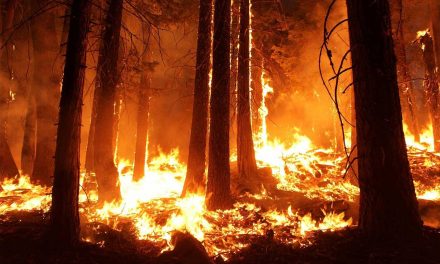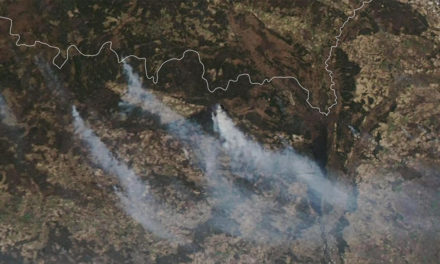On Monday, around 20 Indian soldiers were killed during a dispute at the Himalayan border area. This is the first deadly clash to occur at the undefined border since 1975, however, no bullets were fired – instead troops clashed using sticks, bats and bamboo sticks embossed with nails.
While it is unclear which side incited the clash, India has said that China is attempting to “unilaterally change the status quo”, crossing the boundary on several occasions and erecting tents, guard posts and ignoring verbal warnings. However, China’s Foreign Minister Zhao Lijian has said that Indian personnel were the ones to cross the boundary and attack Chinese troops.
The two regional superpowers have had minor clashes before, but for over four decades no bullets have been fired with an 1996 bilateral agreement stating: “Neither side shall open fire, cause bio-degradation, use hazardous chemicals, conduct blast operations or hunt with guns or explosives within two kilometres from the line of actual control (LAC). This prohibition shall not apply to routine firing activities in small arms firing ranges.”
The History Behind the Conflict
The 2,100-mile Sino-Indian border has been an area of contention for some time. The dispute dates to 1914 when Britain – the colonial ruler of India at the time – hosted a conference with the Chinese and Tibetan governments where they decided where the border was going to be. However, Beijing never recognised the boundary. It was only until India’s first post-colonial Prime Minister Jawaharlal Nehru’s visit to Beijing in 1959 that the matter flared up.

Since then, there have been multiple skirmishes but none as bad as the 1962 war between the two. The war lasted for four weeks and saw thousands of Indians die before China withdrew forces. Beijing continued to keep the Askai Chin corridor – which connects Tibet to Western China – while India continued to claim the entire region.
Recently, the tensions have become heightened after India built a new road along the LAC which has, in turn, infuriated Beijing. Many have wondered whether the tensions could escalate into a military conflict. Al Jazeera reporter Sohail Rahman has commented that this could see India turn to the United States.
It is common knowledge that the US and China are not on the best terms. However, Indian Prime Minister Narendra Modi has been an ally to President Donald Trump.
“I would not be surprised if there are telephone calls between New Delhi and Washington about what the next move could be, what sort of support the US could give morally, politically to New Delhi,” said Rahman for Al Jazeera.
- This Artist is Making the Underwater Arena His Canvas - 28th April 2021
- A Video Game that Promotes Peace and Conflict Resolution - 15th March 2021
- Netflix’s ‘Living Undocumented’ is a Difficult Series to Watch, and Exactly Why We Should - 9th March 2021






